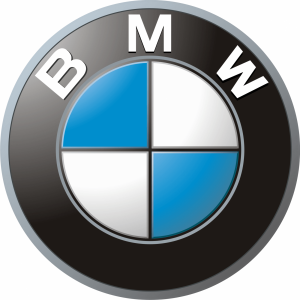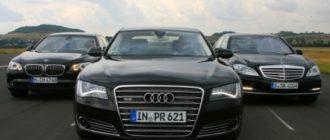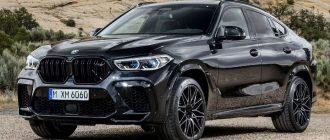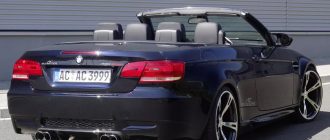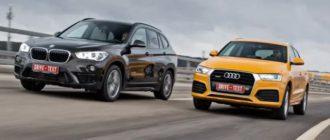Thanks to the BMW 1 Series, BMW (E81/82/87/88), the Bavarians began producing compact cars. This was their first experience, and it was quite successful. These cars have a well-tuned chassis and decent acceleration dynamics. Let's take a closer look at the BMW 1 Series generation that debuted in 2004.
First Generation BMW 1 Series (E81/82/87/88) Evolution
These cars immediately caught the attention of the ever-present journalistic community and car enthusiasts. Initially, fans were skeptical, but later they realized that these cars were no less exciting than their older siblings.
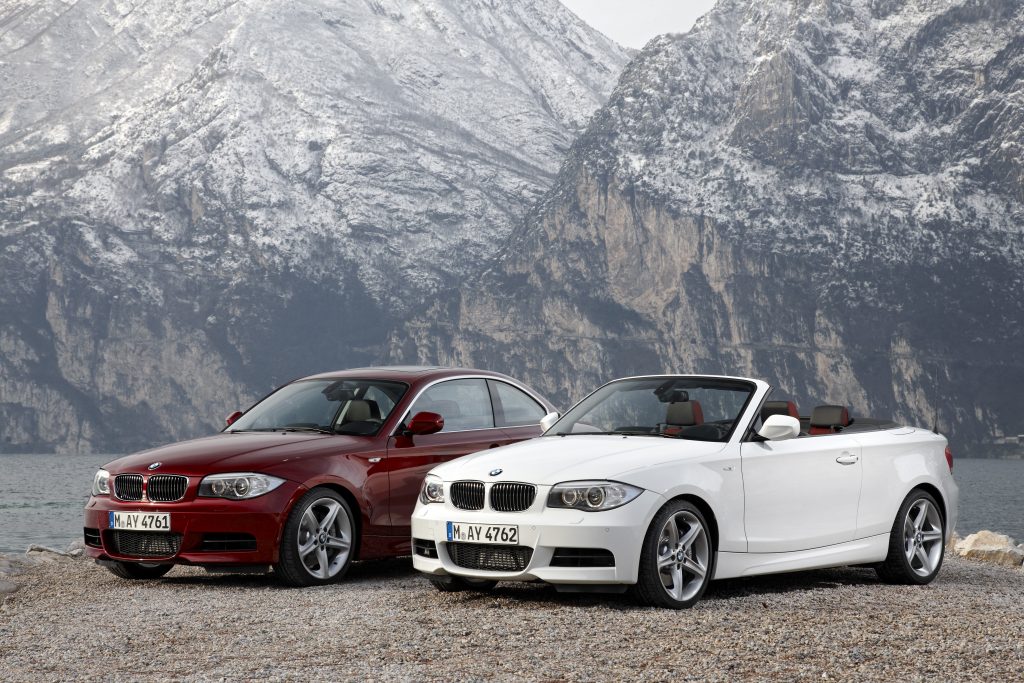
The BMW 1 Series was equipped with petrol engines:
- With 1.6L engines producing 115 horsepower, paired with either six-speed manual transmissions or six-range automatics.
- Featuring 2.0L power units with 129 and 150 hp. With six-speed automatics and manual transmissions.
- Powered by 3.0L engines generating 265 horsepower, with six-speed manual gearboxes and six-speed automatics.
They also equipped them with diesel power units of 2.0L with 122 and 163 horsepower, with six-speed manual gearboxes and six-range automatics.
The front suspensions have MacPherson elements with aluminum arms. The rear suspensions are steel multi-link. The driving force in Bavarian cars is rear-wheel drive.
The aerodynamics of the bodies is outstanding, with an aerodynamic resistance reaching 0.29 points.
First Generation BMW 1 Series Updates
When the models were updated in 2007, the exterior changed with updated bumpers and wheel designs. Additionally, more elements were added to the equipment packages. The interior was also updated with improved materials.
In addition to the five-door hatchbacks, new body styles were introduced:
- Three-door hatchbacks (E81).
- Two-door coupes (E82).
- Convertible coupes (E88).
The petrol lineup included:
- Engines with 1.6L, producing 122 horsepower with six-speed manual transmissions and six-range automatics.
- Power units with 2.0L, with 136 and 170 hp, paired with six-speed manual transmissions and six-range automatics.
The 2.0L engines with 129 horsepower were discontinued.
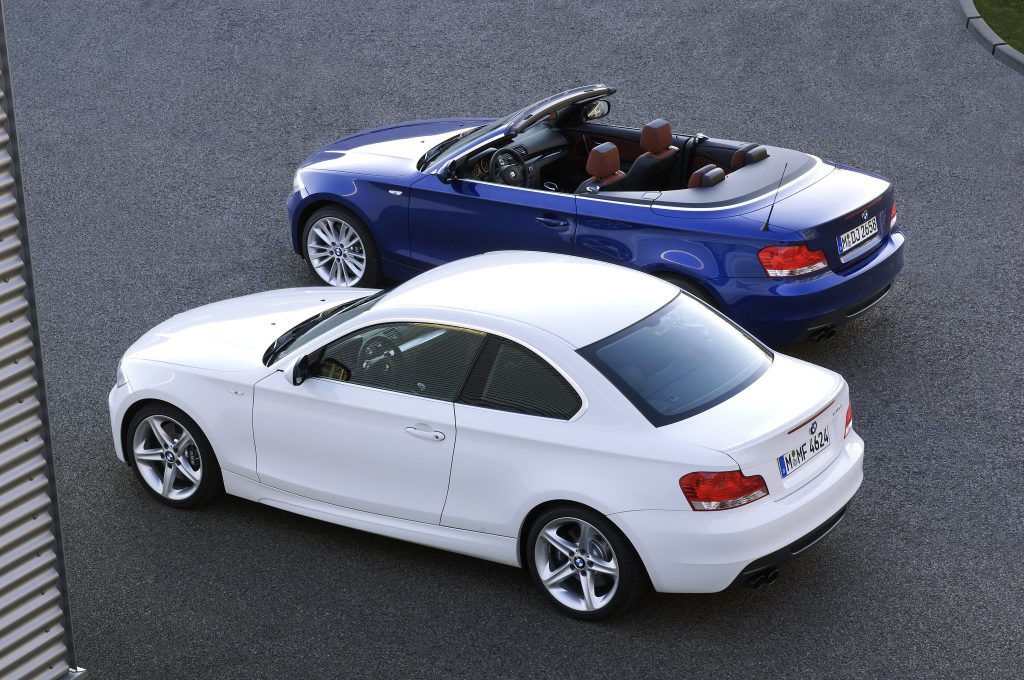
The diesel engine lineup was completely replaced.
- They were replaced with 2.0L engines, with power outputs of 116/143/177 hp, with six-speed manual transmissions and six-speed automatics.
- Engines with 2.0L, with 204 hp, with six-speed manual transmissions and six-range automatics.
Second Generation Models
The new generation cars were already being sold with stylish designs and turbocharged engines in 2011.
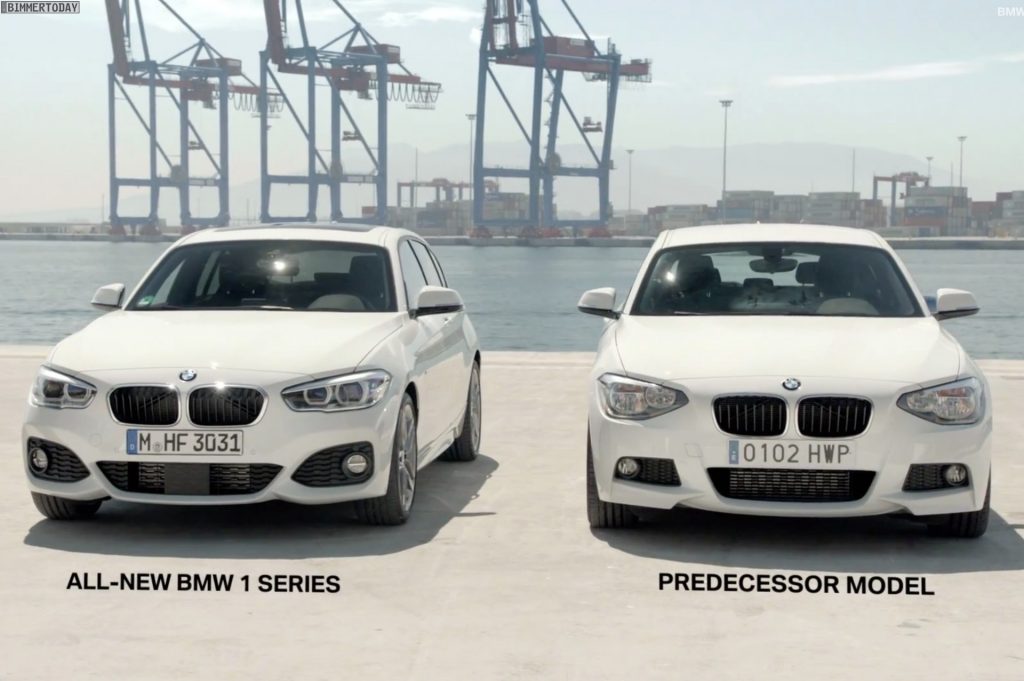
The BMW 1 Series were presented in:
The petrol engines included:
- Turbo engines with 1.6L, producing 136, 170 hp. Paired with six-speed manual transmissions or eight-speed automatics.
- Power units at 2.0L. Outputting 218 hp. Coupled with 6-speed manual/6-range automatic transmissions.
- Turbocharged engines with 3.0L, developing 320 hp. Equipped with six-speed manuals or eight-speed automatic transmissions. Operating with all-wheel drive systems.
Diesel engines:
- Power units with 1.6L, with 116 hp. Paired with manual and automatic transmissions (six-speed and eight-range).
- Engines with 2.0L, outputting 116/143/184/218 hp. Working with six-speed manual transmissions or eight-range automatics. Movement with all-wheel drive.
Changes in the Second Generation of BMW 1 Series
Cars with the common version run on turbocharged 1.6L engines, producing 136 horsepower. A great pairing with eight-speed automatic transmissions. The engines are very dynamic, lively. They exhibit their agility at high and medium speeds, which can be easily switched.
The cars do not disappoint drivers in terms of handling. They have responsive steering. In corners, there may be a slight roll. But thanks to stabilizing mechanisms during turns, insufficient steering stability may occur.
The suspensions have short strokes and high energy capacity. The cars maintain a smooth ride.
The 2015 facelift made them more aggressive:
- New headlight designs;
- Bumpers;
- Body kits.
The instrument clusters and central consoles were updated. The technology was also reviewed.
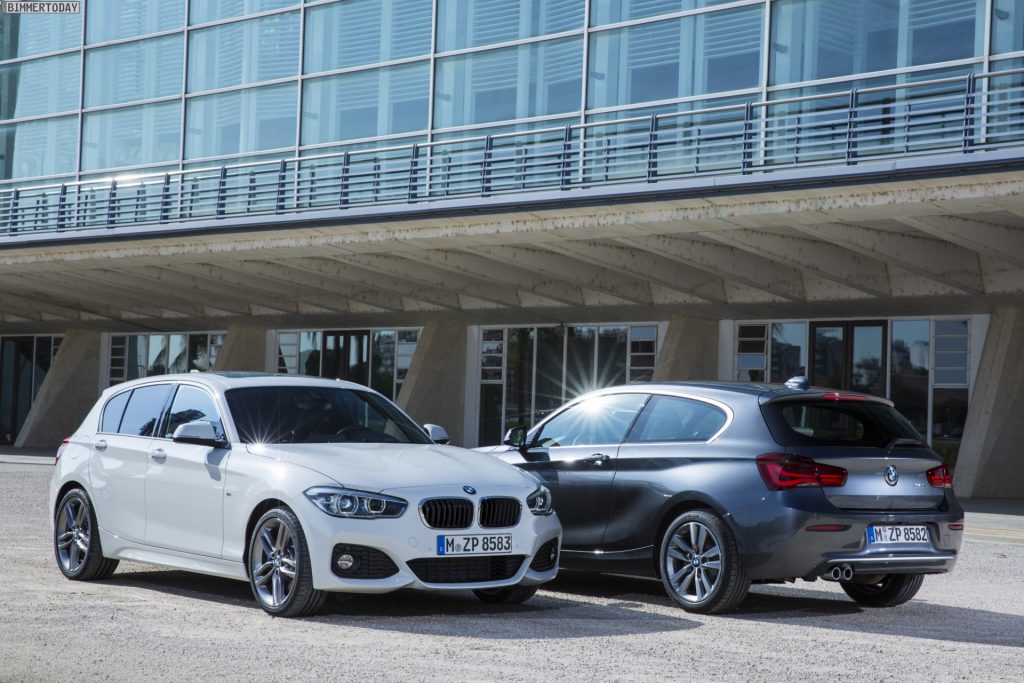
In the petrol range of the BMW 1 Series:
- Turbo engines with 1.5L developing 136 hp. Equipped with 6-speed manual and 8-range automatic transmissions.
- Turbo engines with 1.6L. Outputting 184 hp. Coupled with eight-speed automatic transmissions.
- Power units with 2.0L producing 218/223 hp. Paired with eight-range automatic transmissions.
- Engines with 3.0L, capable of 326 hp. Working with eight-speed automatic transmissions.
Regarding the diesel updates:
- Engines with 1.5L, delivering 116 hp. Paired with 6-speed manual and 8-range automatic transmissions.
- Engines with 2.0L, providing 150/190/224 hp. Equipped with six-speed manual transmissions or eight-range automatics. Motion with all-wheel drive.
Owner Reviews
BMW vehicles have been praised by owners for their excellent chassis and dynamism. There are concerns about the reliability of turbocharged petrol engines. They are very sensitive to fuel quality. Fuel mechanisms constantly indicate if the fuel is of poor quality.
Cost
- Pre-owned 1st generation models can be purchased for 600 thousand rubles or more, up to 1.8 million rubles.
- Post 1st facelift, new models are sold for 1.5 million up to 2.7 million rubles.
- Pre-owned similar cars are bought for 1 million rubles and above. The price can reach 2 million. It all depends on the equipment.

Test Drive
Exterior
The modified and assertive BMW 1 Series of the second generation. They feature low bodies, low body kits, and narrowed optical elements in the headlight units. The front wheel arches are slightly protruded, hinting at sportiness.
Interior
Thanks to the centrally oriented central consoles towards the driver's seats, drivers can easily operate climate controls and media systems with their right hand.
The instrument clusters remain the same but now feature liquid crystal informative and intuitive interfaces on the dash displays.
Displayed are:
- Navigation maps;
- Reverse camera views;
- Synchronized data from mobile devices.
Movement
Cars with the common version run on turbocharged 1.6L engines, producing 136 horsepower. A great pairing with eight-speed automatic transmissions. The engines are very dynamic, lively. They exhibit their agility at high and medium speeds, which can be easily switched.
The cars do not disappoint drivers in terms of handling. They have responsive steering. In corners, there may be a slight roll. But thanks to stabilizing mechanisms during turns, insufficient steering stability may occur.
The suspensions have short strokes and high energy capacity. The cars maintain a smooth ride.
